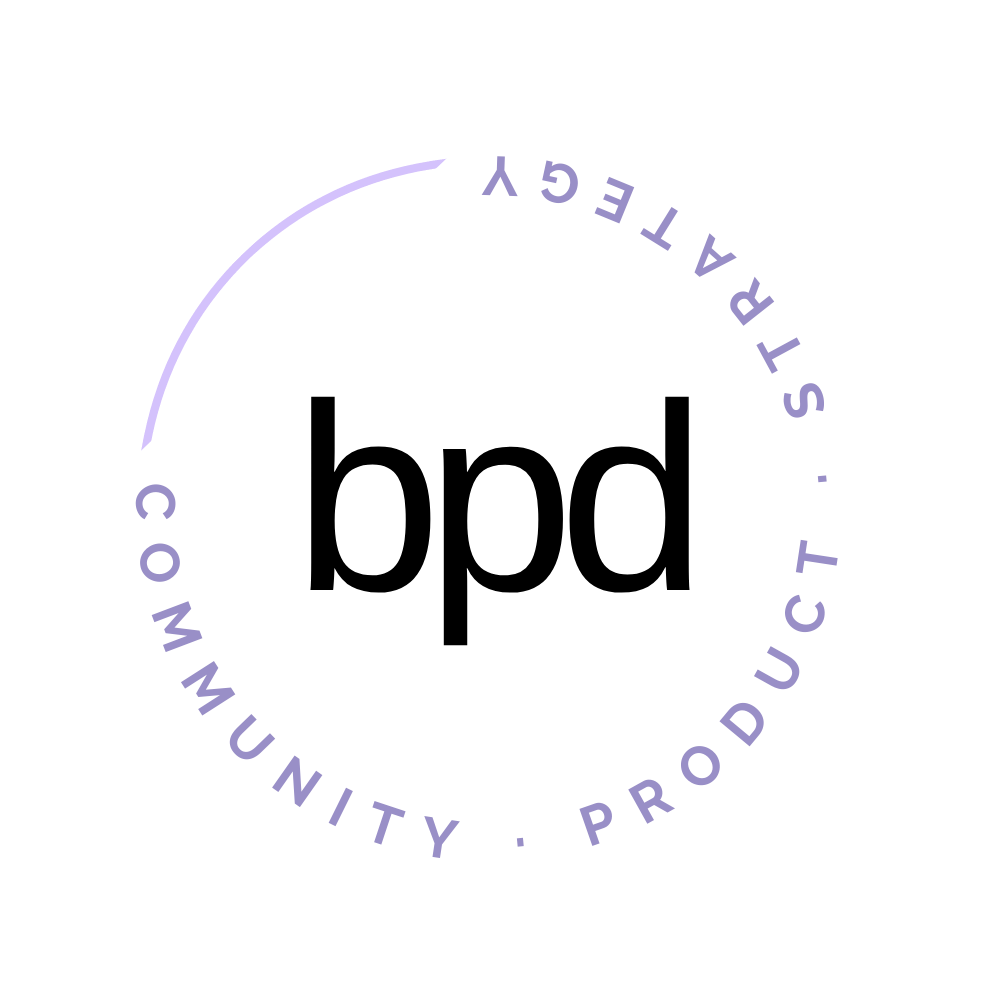#116 Designing For The In-Between
While I was in Boise at Jay Clouse’s Offline Retreat he brought in a few guest speakers for a few unrecorded fireside chats. One of those guests was Anne-Laure Le Cunff. Ever since then I’ve been binging her content.
She is a neuroscientist, founder of Ness Labs, and author of Tiny Experiments. Her book was recently launched so she’s on the classic author-podcast-tour. This week I listened to an episode of Modern Wisdom where she was a guest and Anne-Laure casually mentioned something that stuck with me.
She talked about how, in any transformational process, there tend to be two types of people:
The ones who want to get from point A to B as quickly as possible
The ones who want to take their time, explore, connect, and meander through the middle
That “middle” she was referring to is called a liminal space — a transitional moment where someone isn’t who they were before, but also not yet who they’re becoming. And the more I thought about it, the more I realized: this is exactly the space we’re designing for inside programs, memberships, and communities.
Not everyone moves through it the same way.
So why do we keep building programs like they do?
Liminality comes from the Latin word limen, meaning “threshold.” It describes that in-between moment when you’ve exited one identity, experience, or belief, and are not yet on the other side. Think:
When someone graduates University but hasn’t started their full-time job yet
The days between ending one relationship and starting a new one
The early stages of building a business when you know you’re onto something… but don’t yet have proof
In education or program design, liminal spaces are where true transformation happens — but they’re also where people get overwhelmed, stuck, or lost.
That’s why how we design for these in-between spaces matters.
The two-path strategy
At Affinity, we often recommend building a clear backbone curriculum instead of overwhelming people with a massive content library. A learning journey with a clear roadmap helps someone move from point A to point B efficiently and with purpose – especially helpful for members who are focused on achieving a specific result.
But that’s not the only kind of learner we design for.
Some people want more. They want to take their time, dive deep, explore every angle, and connect with others along the way. For them, we build in what we call “scenic route” options — things like bonus lessons, advanced content, deeper reflection prompts, or opportunities to collaborate and connect.
One of the programs we manage at Affinity helps people build more connections in their lives. It has core lessons for everyone, but also includes optional lessons. We ask everyone to complete a foundational exercise on writing a compelling introduction, but there are optional lessons that help participants elevate their LinkedIn profiles or rework their about pages. These aren’t required, but for the learner who wants to linger and refine, the opportunity is there.
You can also design for this with structured membership or program tiers:
Tier 1 – For learners who prefer to immerse in community and take their time
Tier 2 – For fast-track learners who want personalized coaching and one-on-one access
Price point is obviously higher for tier 2 which may also indicate it’s for more advanced people, but there is always going to be the go-getter willing to invest to move faster.
When you design for both types of people, you support transformation across a wider range of learning styles and timelines.
Here’s how to apply this to your own product
Design a backbone path: What’s the minimum viable curriculum or roadmap that gets your members from A to B?
Layer in scenic route options: What can you make optional but enriching — like bonus modules, deeper discussions, or journaling prompts?
Build for different speeds: Could you introduce two tiers — a high-touch tier with coaching for “fast movers,” and a community-first tier for “deep divers”?
Normalize both journeys: In your onboarding, clarify that both paths are valid. That kind of permission keeps people from spiraling when their pace changes.
If you loved this, you can subscribe to the weekly newsletter here for free! I send a bunch of resources & share a bts happenings of my business in the email version.
